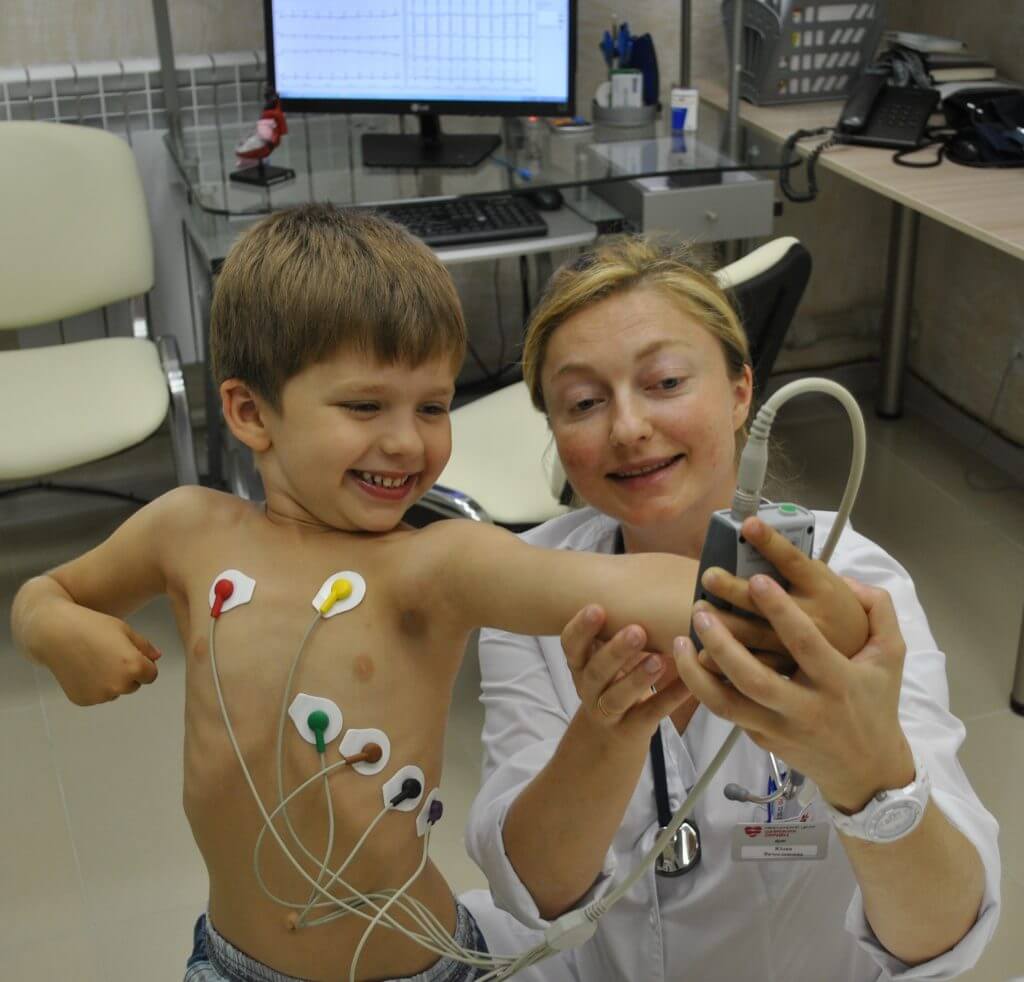Treatment of supraventricular tachycardia
Author Ольга Кияница
2017-11-10
Supraventricular tachycardia (SVT) refers to frequently occurring rhythm disturbances that can be diagnosed in labor, elderly and newborn. Not all of these age categories have the same therapies. Also, according to the international classification, there are five types of SVT distinguishable.Therefore, for all patients with a similar form of arrhythmia, as well as their relatives, it is important to know how and how to stop an attack.
Today, the incidence of supraventricular tachycardia is 2.25 cases per 1000 population.
The flow of SVT may be complicated by other cardiovascular diseases, in particular atrial fibrillation. Therefore, when an attack occurs, it is important to start immediately restoring heart rhythm. To do this, various strategies for treating the disease are used.
Video Therapy of extrasystoles and supraventricular tachyarrhythmias
General recommendations
In the development of paroxysm, it is first and foremost to properly assess the nature of its flow. The need for medical care depends on this. In some cases, when the attack is well tolerated and rarely occurs, you can use the pill in the pocket method, which means "pill in the pocket". For this, a doctor prescribes the appropriate medications, most often beta-blockers with calcium channel blockers, which should always be with the patient. At the onset of tachycardia, it will be possible to immediately stop it.

It is important for all patients with supraventricular tachycardia to observe the general advice given by cardiologists. First of all, it's important to monitor your emotional state and get stressed. You should also have a healthy lifestyle, that is, eat well, exercise physical education and not be associated with bad habits. Performing these simple recommendations will help improve overall well-being and reduce the risk of tachycardia attacks.
Medicamentous treatment of supraventricular tachycardia
There are two main areas related to treatment supraventricular tachycardia. The first is the relief of an attack, the second is preventive therapy, the main task of which is to prevent a recurrence of the disease.
Suppression of supraventricular tachycardia
The tactics of medical care during a SVT attack depends on the state of hemodynamics. If there are signs of shock, collapse, the patient lost consciousness or the conditions of atrial fibrillation are detected, then an urgent electropulse therapy is performed.
With stable hemodynamics using electrocardiography, a form of CVT is established and, accordingly, it is further treated.
The first pre-medical aid to a patient with an STT attack is reduced to the use of vaginal samples, that is, the eyeball is pressed or the carotid sinus massage is performed. The second stage of care involves the administration of ATP (adenosine triphosphate). In some cases it is replaced by verapamil, but then you need to monitor your blood pressure.Adenosine is not recommended for severe coronary artery disease or bronchial asthma.
Atrial tachycardia can be bought by the following drugs:
- antiarrhythmic means Ia, Ic and III classes;
- blockers of calcium channels;
- beta-blockers.
With the help of an ECG, you can see widespread ventricular complexes or not. With broad QRS, a complication may occur in the form of a ventricular tachycardia. In such cases, SVT treatment is carried out with the participation of amiodarone.
With atrial fibrillation, which is still defined as atrial macrorefractory tachycardia, antiarrhythmic drugs help in 40% of cases. They reduce the heart rate, thereby improving the patient's condition. The most commonly used ibutyide, which according to international indicators is effective up to 76% of cases.
Treatment of supraventricular tachycardia in children
When stopping an SVT attack in children it is important to correctly disrupt the paroxysm, for which the actions are carried out in a certain order.
- If the child is very small, then the head is rotated 30-40 times.
- Older children should stand on their hands.
- The Valsalva's tests are performed in the form of stomach muscle tension, respiratory depression, center pressure in the epigastric area.
- Massage of carotid sinus, for which they lay on their back and press on the right side of the carotid artery.
- Click on the root of the tongue for 20-30 seconds.
- For half a minute, they immerse their face in cold water.
Vagal, or vagal, tests are effective in the first half an hour from the onset of an attack. Ability to interrupt paroxysms from 15% to 50% of cases depending on the type of tachycardia.

In the absence of results from the excitation of the vagus, medication is used. In the beginning, independently of the form of SVT, intravenous ATP is administered. In the absence of a result, the state of hemodynamics and QRS complexes are estimated. By results, isoptin, novocainamide with mezatone or cordarone is introduced. If a drug attack failed to stop, then transsexual pacemaker is used.
In children, antirecurring therapy is important, which can be expressed in neuro-metabolic therapy and correction of the main mechanisms of development of the disease. In the latter variant, a method of selection, such as radio frequency ablation, is used. With its help, the pathological focus is completely eliminated, which makes it possible to exclude the development of paroxysms in the future.
